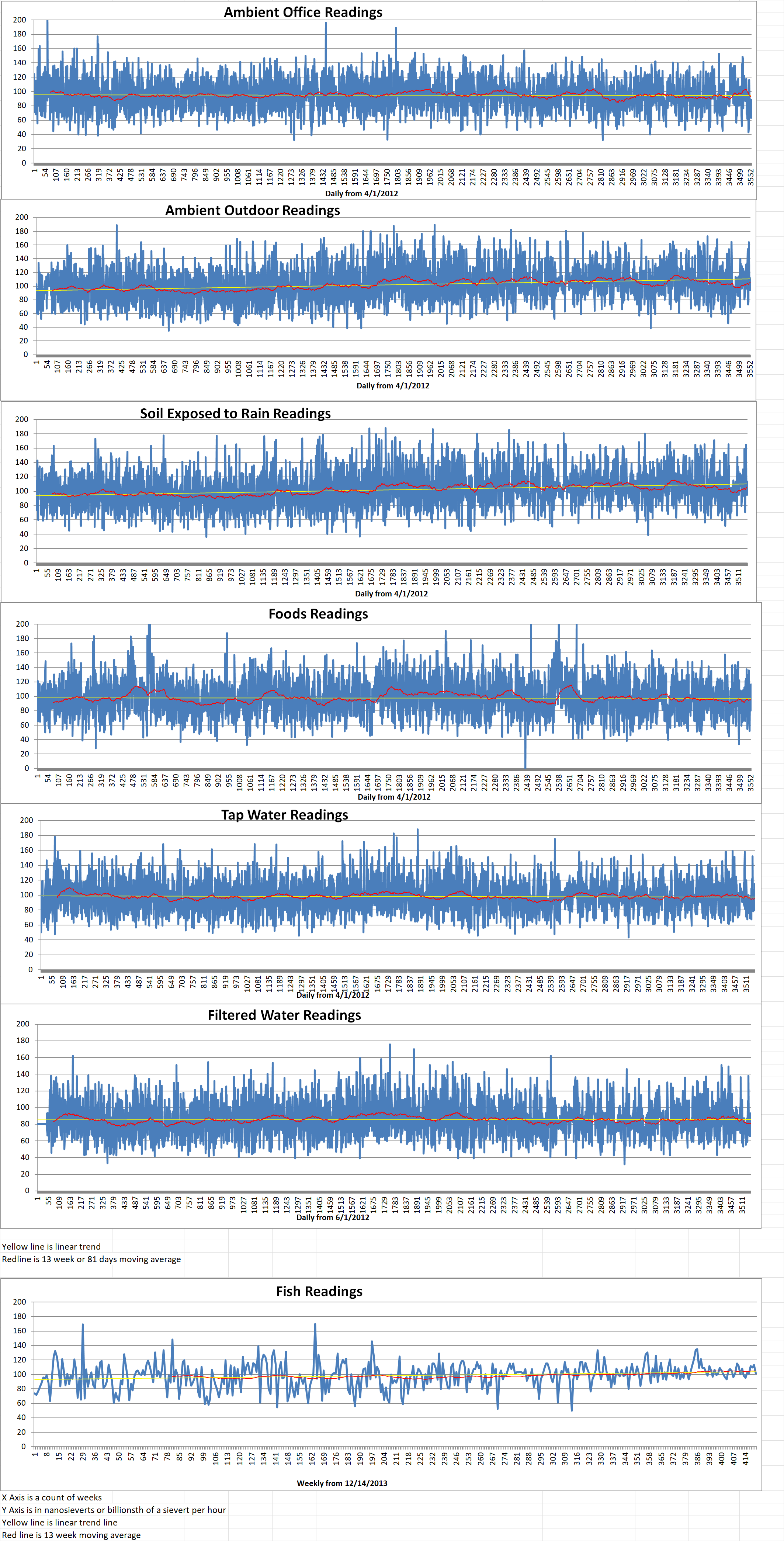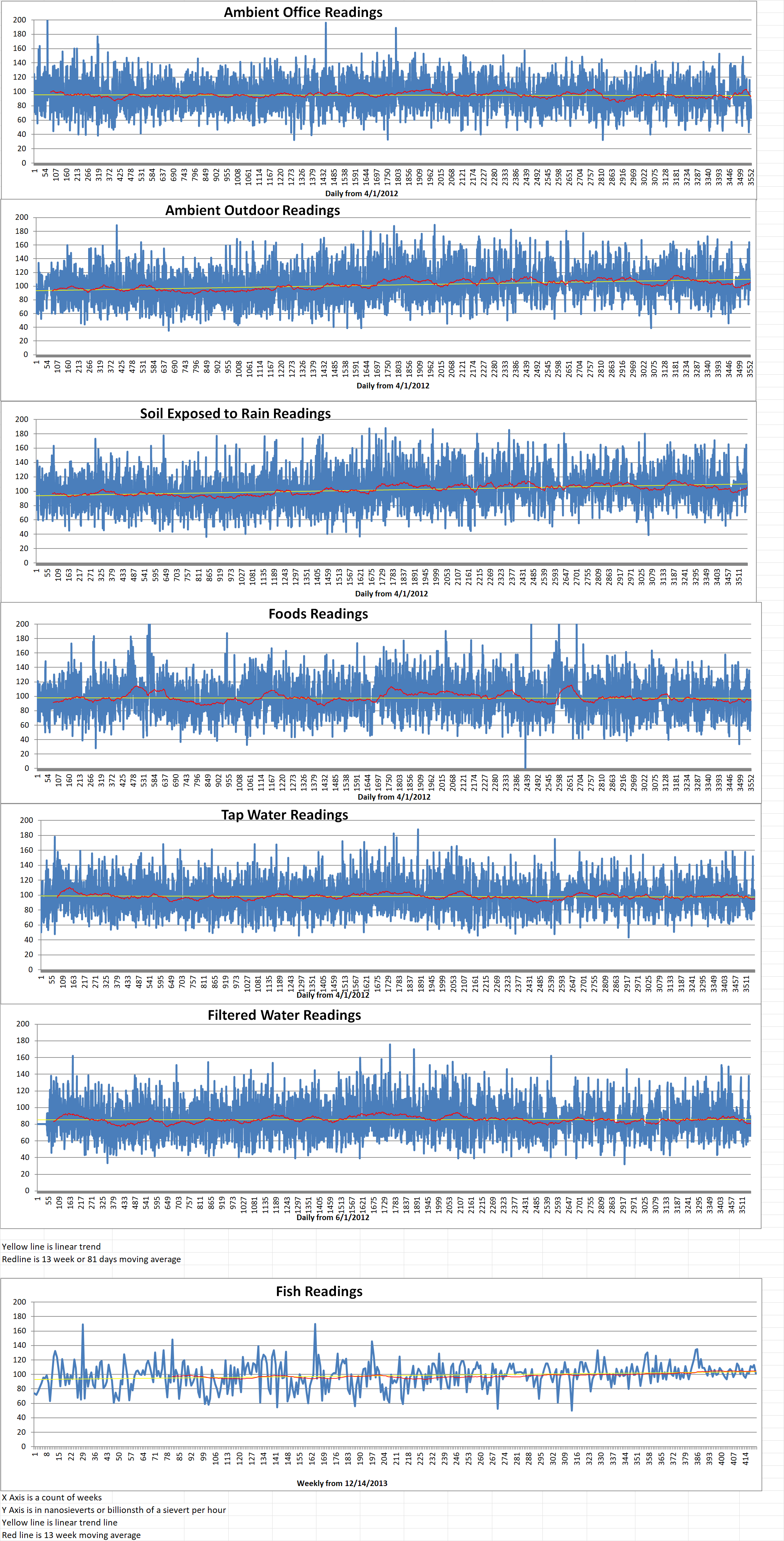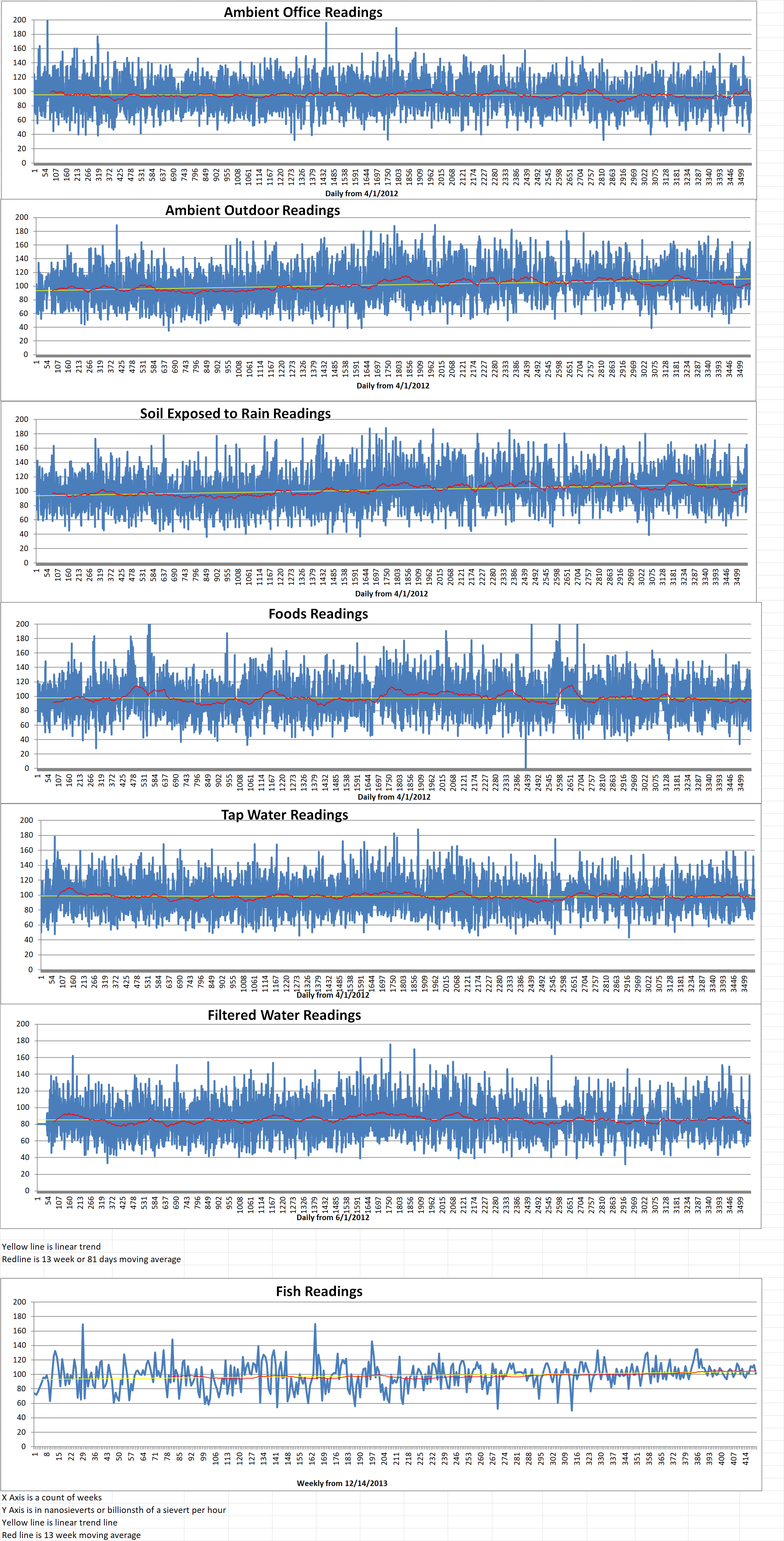Part 2 of 3 Parts (Please read Part 1 first)
Tritium has a half-life of twelve and a half years. So, it decays as time passes. Worse yet, its decay product is helium-3 which absorbs neutrons. It is critical that the boosting gas in a nuclear warhead is periodically refreshed. The exact interval for nuclear armed nations to refresh the tritium in their warheads is a closely guarded, classified secret. However, there is broad agreement between nuclear scientist that it is at most every ten years, and unlikely to be less than five years for practical reasons. Whatever the interval required, it is a simple matter of math to calculate that every bomb needs about two tenths of a gram of new tritium per year on average. Tritium costs thirty thousand dollars a gram.
This means that, with forty-five hundred nuclear warheads, it should cost Russia on the order of thirty million dollars per year to maintain its nuclear arsenal. Even if they don’t keep the reserve warheads topped off with fresh tritium until they are needed, you have to have enough tritium on hand to fill them if they are needed immediately. So, whether or not you put the tritium in the bombs or not, it is a cost just to keep them available for service. Small tactical battlefield nukes are just as expensive to maintain as a full-sized hydrogen bomb that can destroy a whole city.
Thirty million dollars is not a lot of money for Russia. But it is a lot of money for an individual if you can manage to steal it. For that reason, it is not unlikely that tritium intended for maintenance on nuclear warheads may have been stolen in Russia.
Assuming a ten-year service interval, Russia needs to service about two bombs per workday to keep its arsenal fresh. The teams that do this maintenance are probably small. It would not require more than two to four people to service something the size of a bowling ball. A lot of teams are not needed. Two or three teams would probably be sufficient. The staff who do the maintenance work are very highly skilled and security cleared for such work.
Every time one of these maintenance teams walk into a room to service a nuclear warhead, they carry a canister about the size of a fire extinguisher holding about eight grams of tritium. (You need enough to put in the bomb so that that ten years later, when it is next serviced, it will still have enough tritium to successfully ignite the expected explosion.) Each canister is worth about a quarter million dollars.
Russian army ‘meals ready to eat’ (MREs) with an expiration date of 2015 can still be purchased on the international black market. Russian armored personnel carrier tires are failing in the field because they are cheap knockoffs of good tires and they aren’t being maintained properly. Russian tanks have to be regularly serviced and some of the problems with the Russian invasion have involved tanks that stalled on the road in Ukraine due to poor maintenance. Given this record, it is logical to believe that proper maintenance on nuclear warheads may not have been carried out in Russia.
Please read Part 3 next







